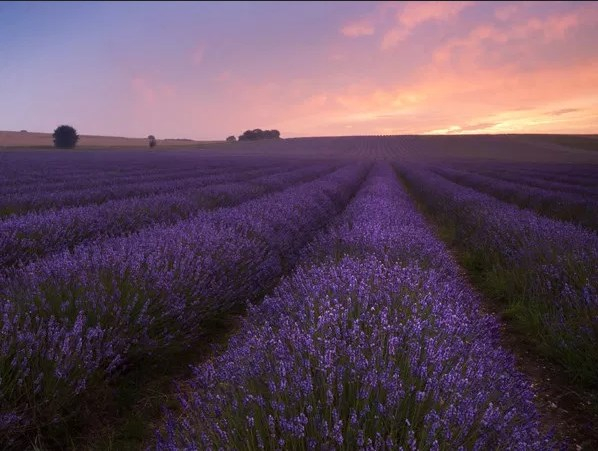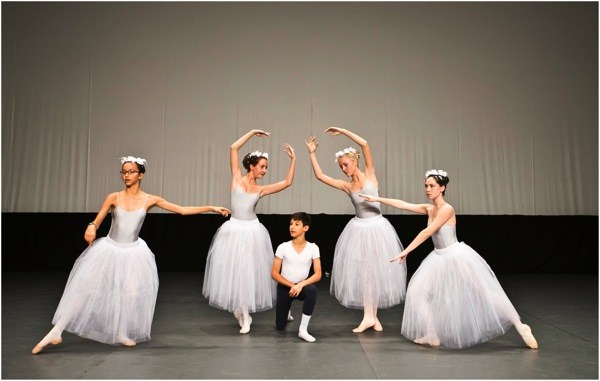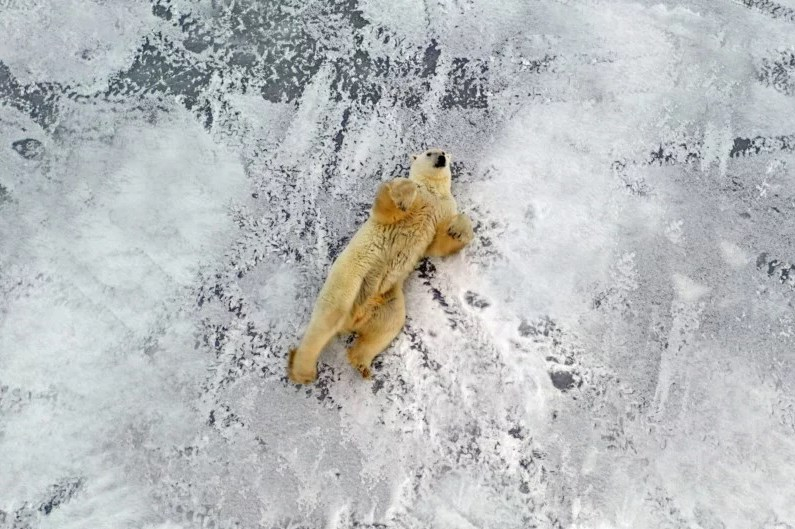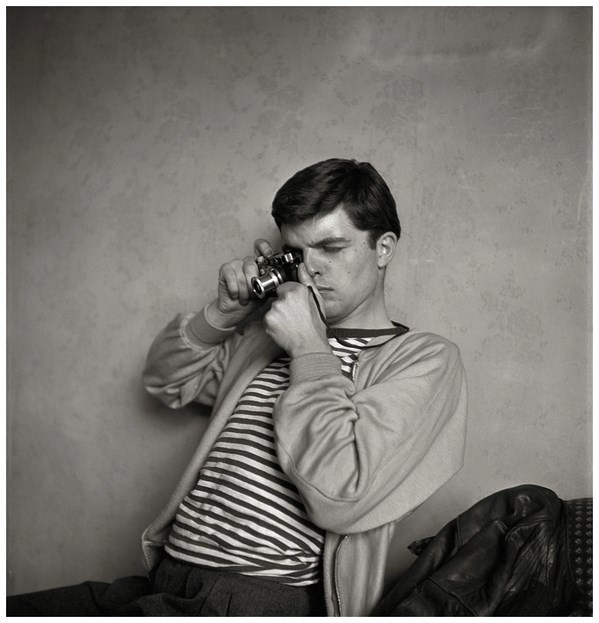7 TIPS HOW TO PHOTOGRAPHY IN THE FOREST
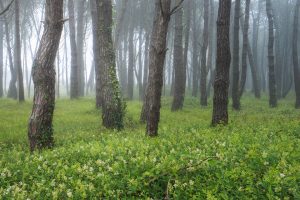 Shooting among the trees in the forest is quite difficult, as it is often difficult to create complete compositions, and the photo as a result carries too much unordered information to the viewer. In contrast to photographing some grand wide landscapes, in the forest you rarely find obvious compositions, and you definitely will not be able to shoot something if you just hold the camera to your eyes. This type of photograph requires significantly more time spent exploring, visualizing, analyzing samples, and correcting errors.
Shooting among the trees in the forest is quite difficult, as it is often difficult to create complete compositions, and the photo as a result carries too much unordered information to the viewer. In contrast to photographing some grand wide landscapes, in the forest you rarely find obvious compositions, and you definitely will not be able to shoot something if you just hold the camera to your eyes. This type of photograph requires significantly more time spent exploring, visualizing, analyzing samples, and correcting errors.
However, do not rush to demotivate – just the fact that finding a good composition is harder when shooting in the forest does not mean that it is impossible at all! In fact, forests offer a wide range of possibilities for the photographer, and once you learn to navigate in them and understand how to work with the elements, you can create incredible images of forest nature.
Set the ultra wide angle lens aside. Come closer!
One of the main differences between the shooting of grandiose landscapes and forest paintings is that in the case we are considering it is even more difficult to simply position the camera, direct it and end up with a decent image. In shooting large landscapes, you can often get away with it, because the landscape itself is stunning. However, in the forest, you need to find a better composition and build a more thoughtful picture to convince the viewer.
A good way to practice in such conditions is to leave the ultra-wide-angle lens at home and instead choose something with a narrower focal length, for example: choose lenses 50 mm, 85 mm or 100 mm. By limiting your field of vision, you will have to spend more time analyzing the picture and thinking through the frame until you get rid of all the distracting elements. If you cannot do this, think again whether your snapshot will “work” or not, and whether it is worth giving it up.
By limiting yourself to a narrow focal length, you are also more likely to notice those details that you would not have seen otherwise. Perhaps one of the trees has bent in a certain way, and it will play in the frame, or there is some interesting moss on one of the sections, or maybe you will even find a eating squirrel.
The second tip echoes the previous one, as using a 50mm lens will cause you to slow down and spend more time analyzing the image. You will not get a good shot by pointing the camera somewhere and just pressing the button, because “so it is beautiful everywhere in the landscape.”
When you look for an interesting subject, spend extra time looking around and searching for the right composition.
Look at the viewfinder from different angles, and then choose the one that works best. First you need to install the camera on a tripod and begin fine tuning. See if there are any distracting elements in the frame? Try to get rid of them. (Remember that you can not break live plants, etc. in order to remove them from your frame – move yourself.)
Slowdown is one of the most difficult tasks in this case, especially if the conditions in the forest are good. It is so easy to run from one place to another and hope that you will come across the best picture, but in the end, usually everyone regrets about such actions. Even if you do not take that picture (which, of course, happens to everyone from time to time), you will still know that you have worked on the composition and devoted themselves to conscious work on the photo. The key to success is trial and error. Do not forget.
Look for trails and guides
In our materials, we often remind you that the guide lines are one of the most powerful compositional techniques in landscape photography. These elements can be found everywhere, and your task is to make them interact with the object you are photographing. Look for lines that will direct the viewer’s gaze from one place to another, from the bottom of the frame to the main subject.
Trails and various ruts are the first leading lines in the forest that come to mind. The fact that you have discovered them does not mean that you can come up with a good image with them, but, undoubtedly, they can help you tell the story in the frame. Where does this path lead? Does it lead to something interesting? Do you want the viewer to focus on the end of the path? Or will it distract the viewer and lead the eye away from the object that should be emphasized?
These are the questions that you should ask yourself when photographing not only the paths in the forest, but also the guide lines in general.
Experienced professional photographer Dag Ole Nordhaug (Dag Ole Nordhaug) shares with his students tips on how to find and benefit from the leading lines in the frame.
